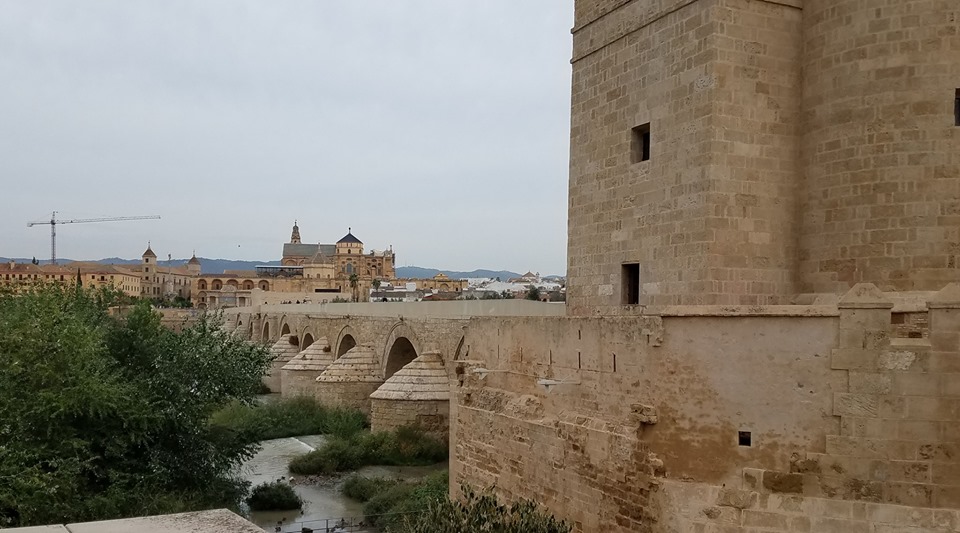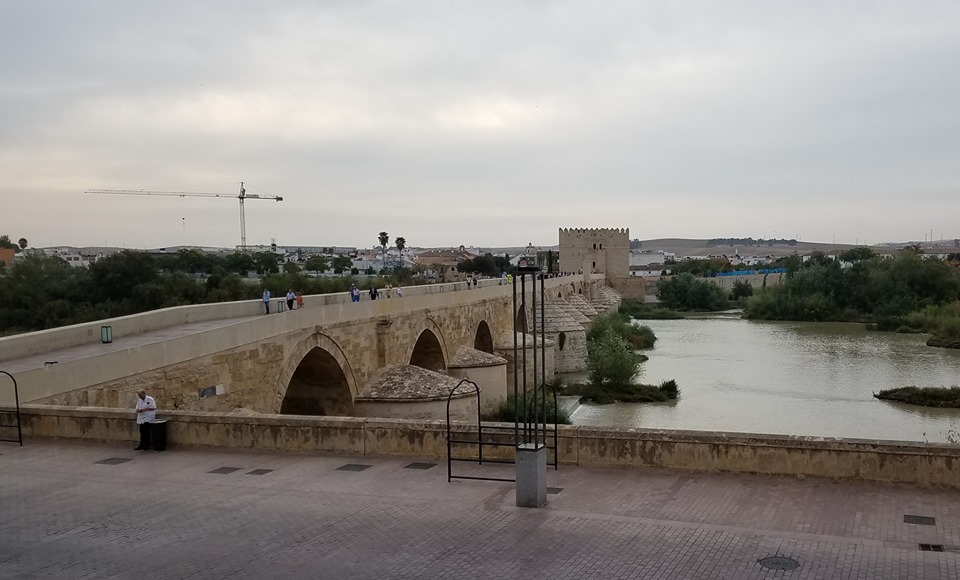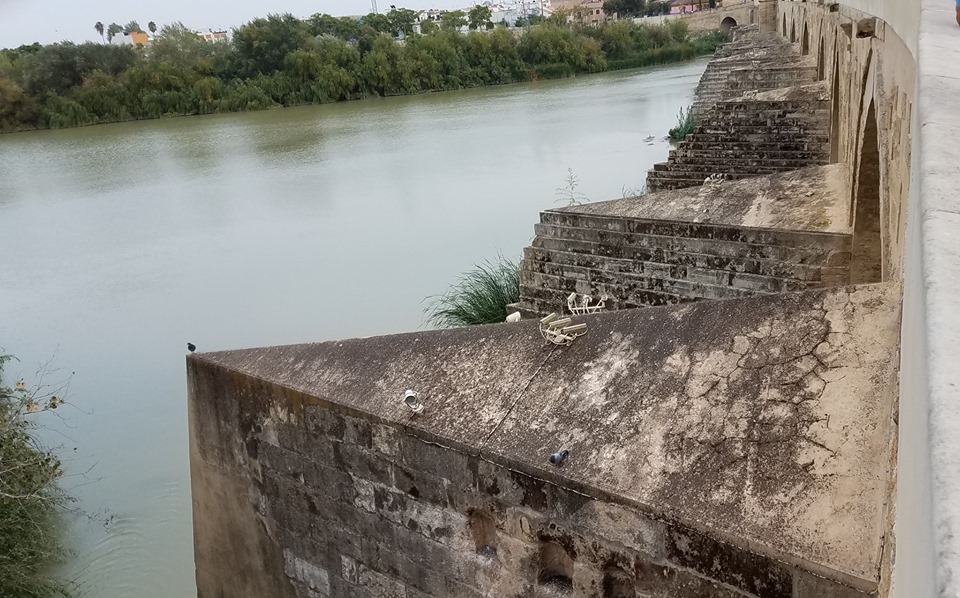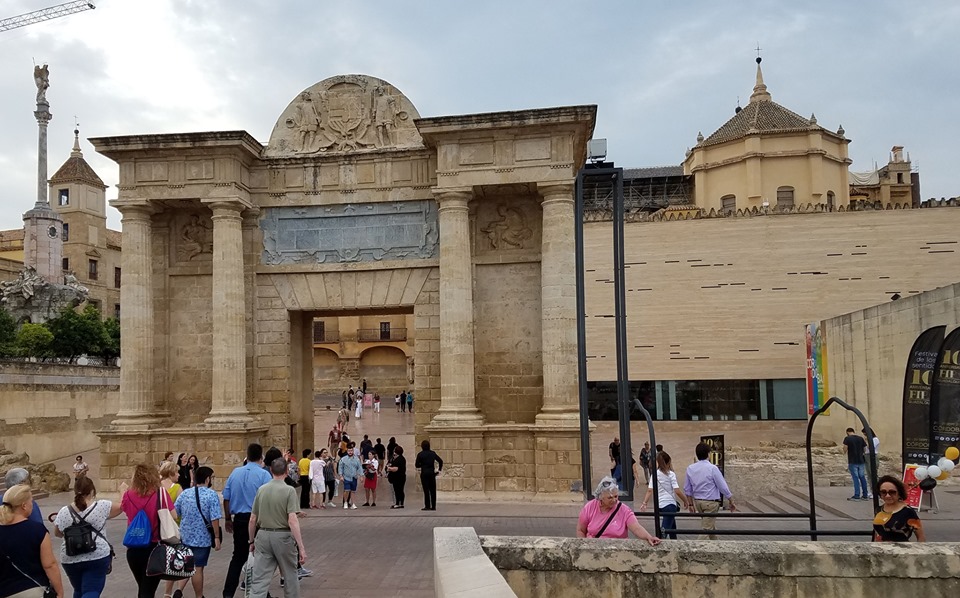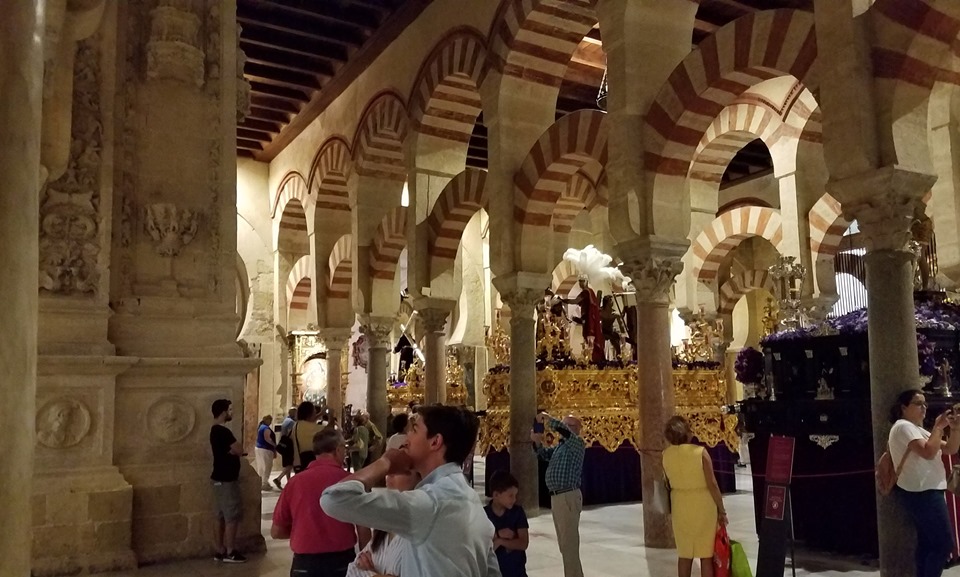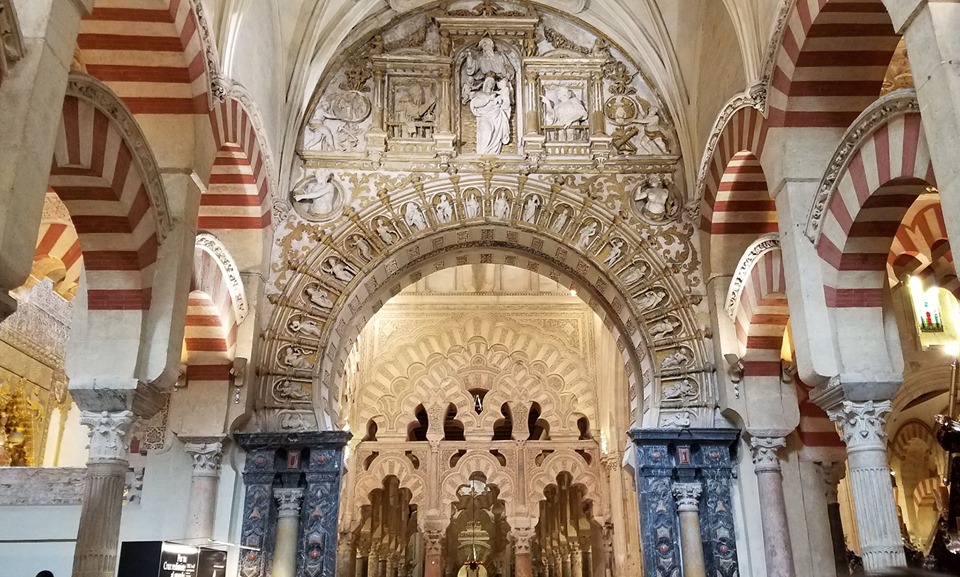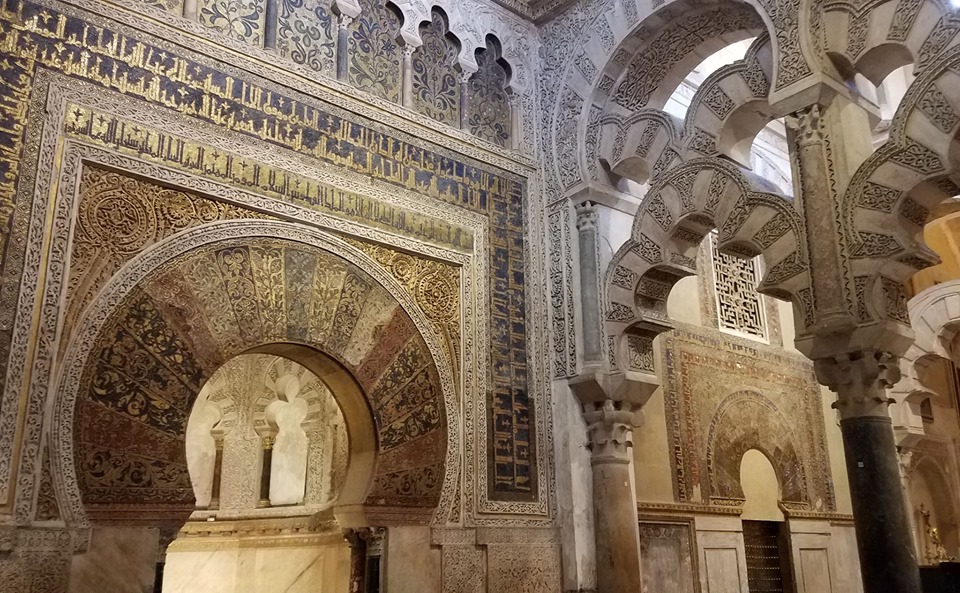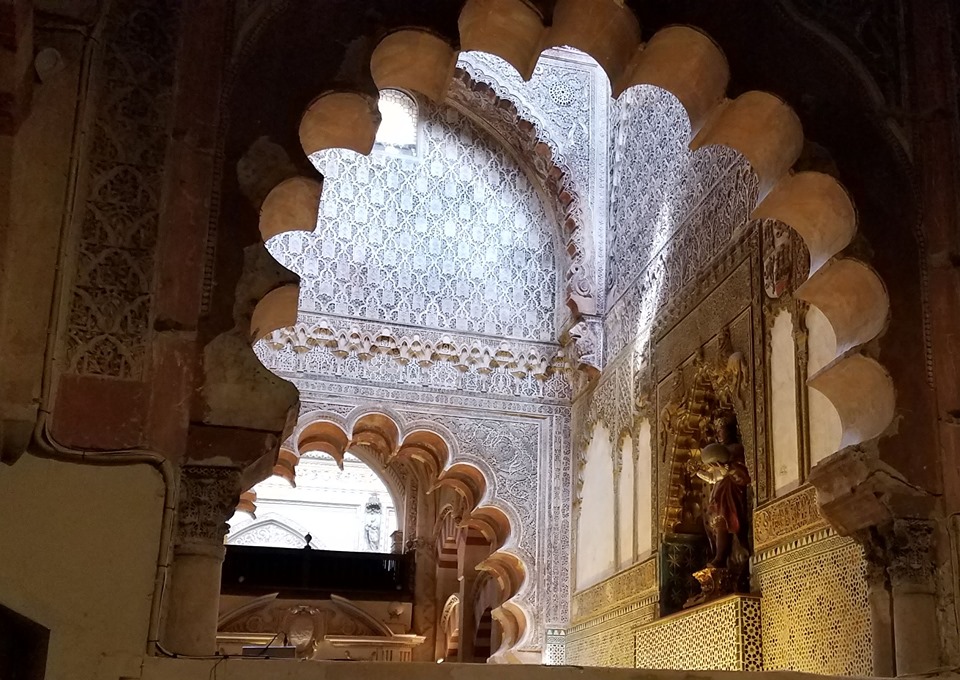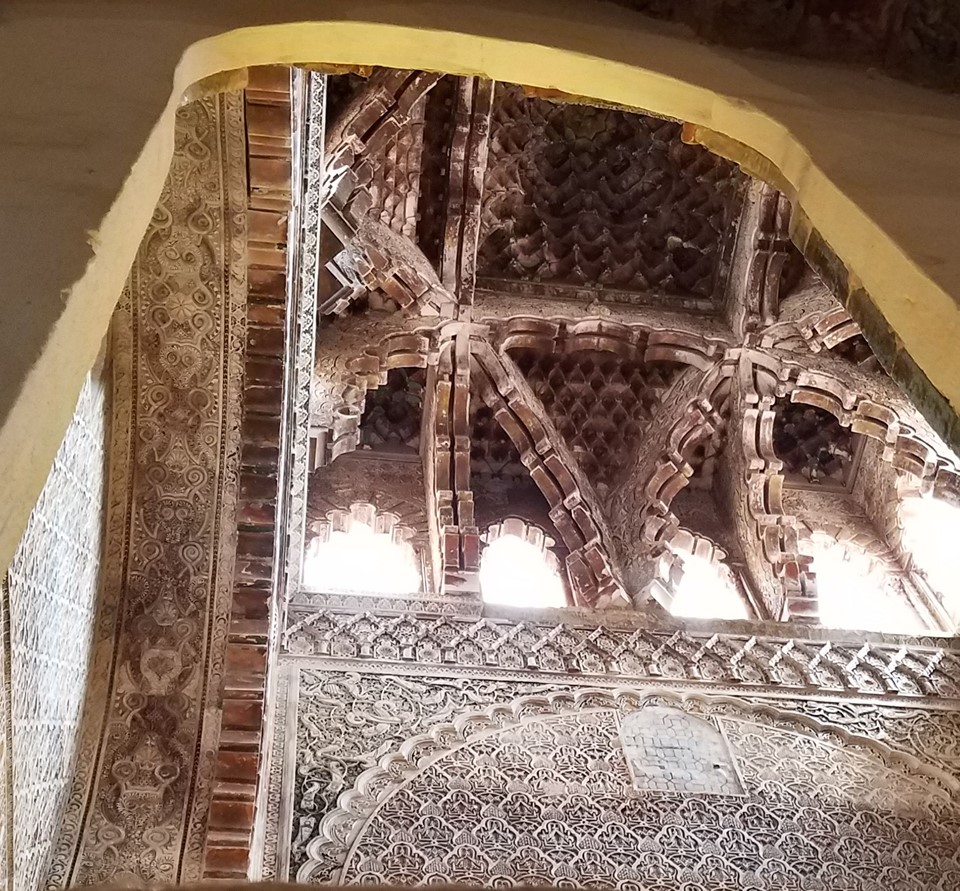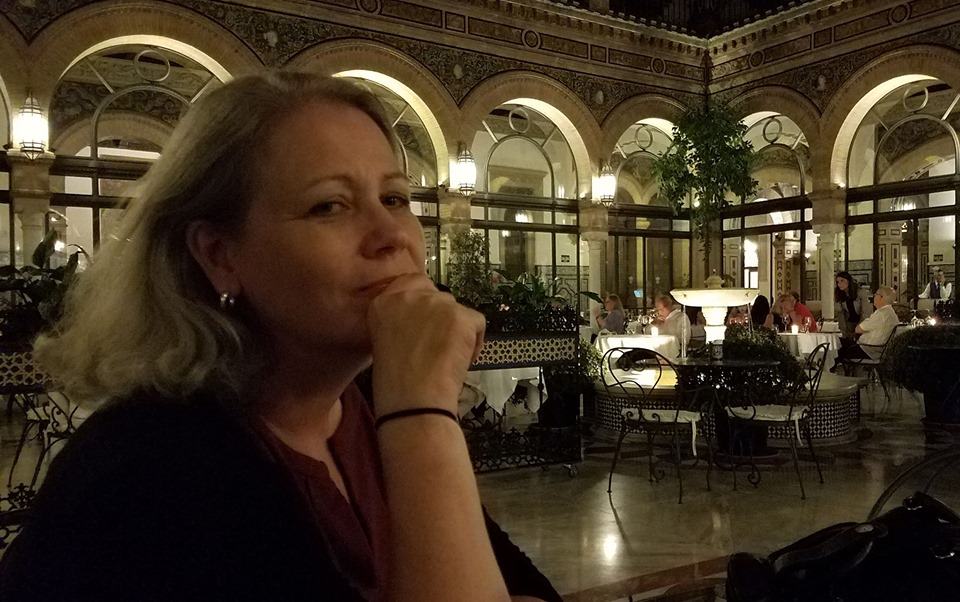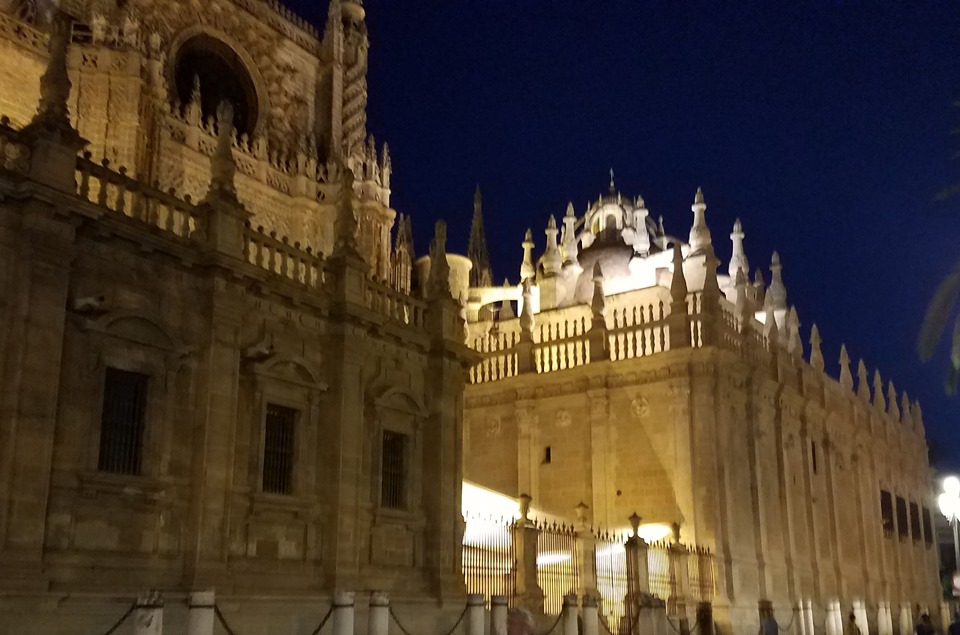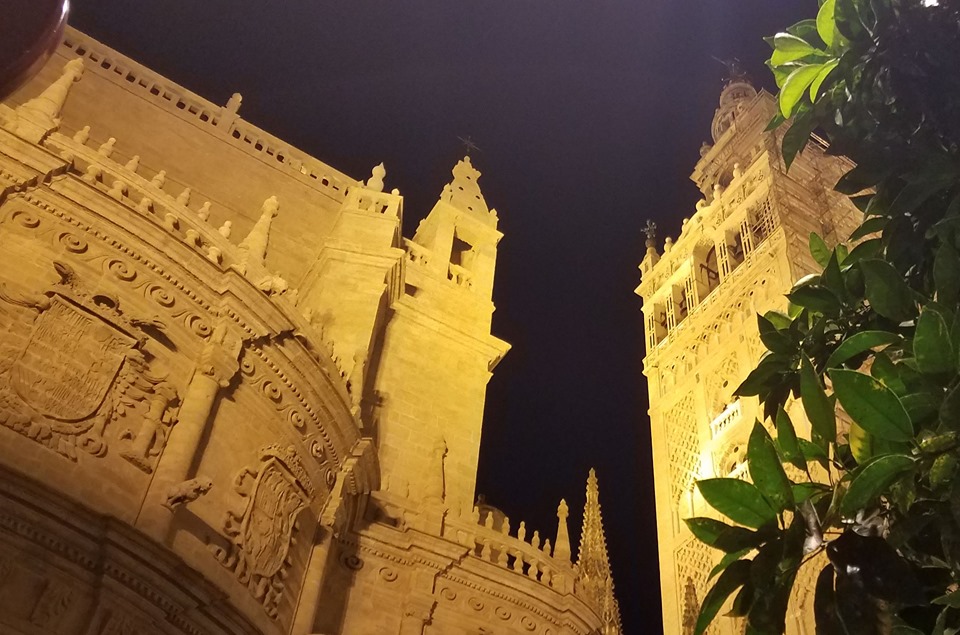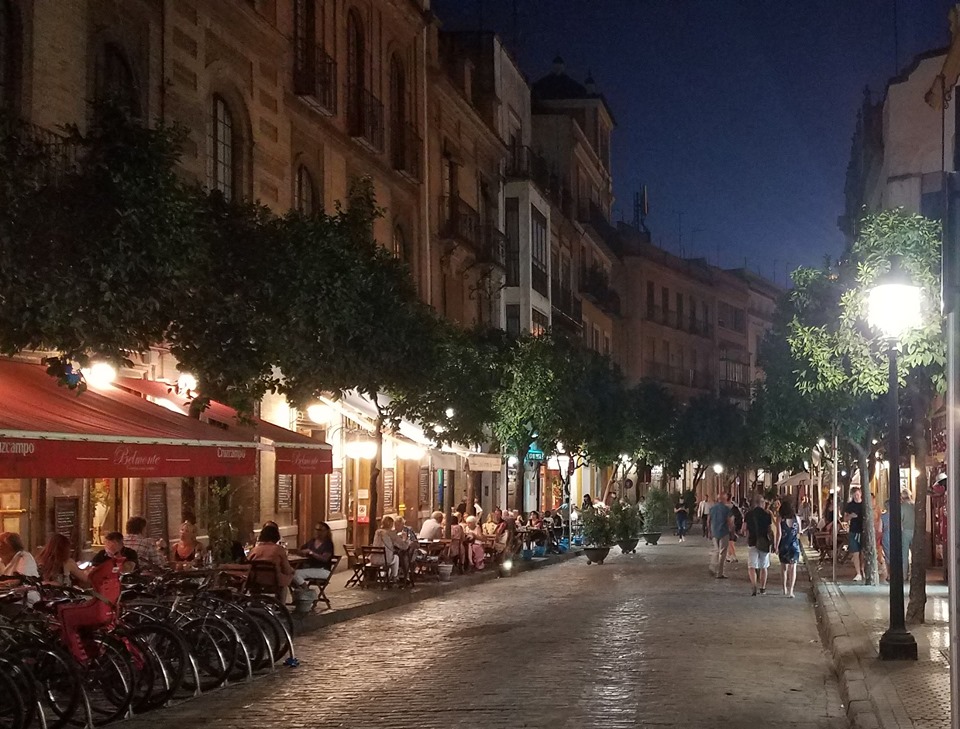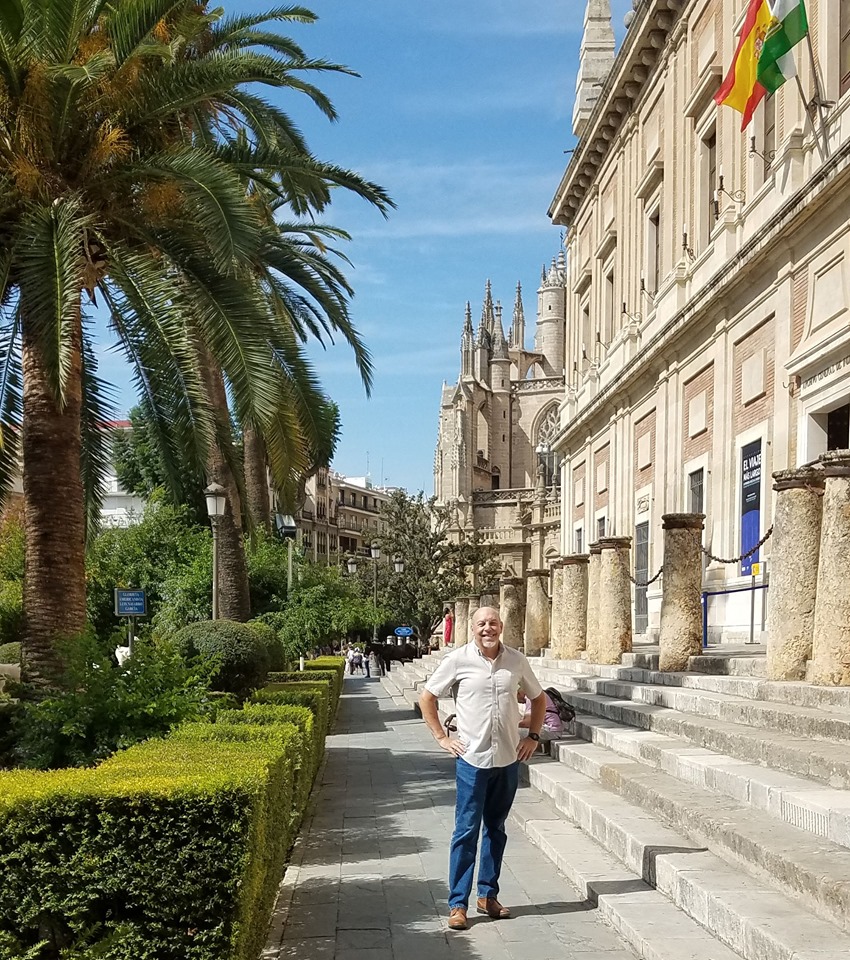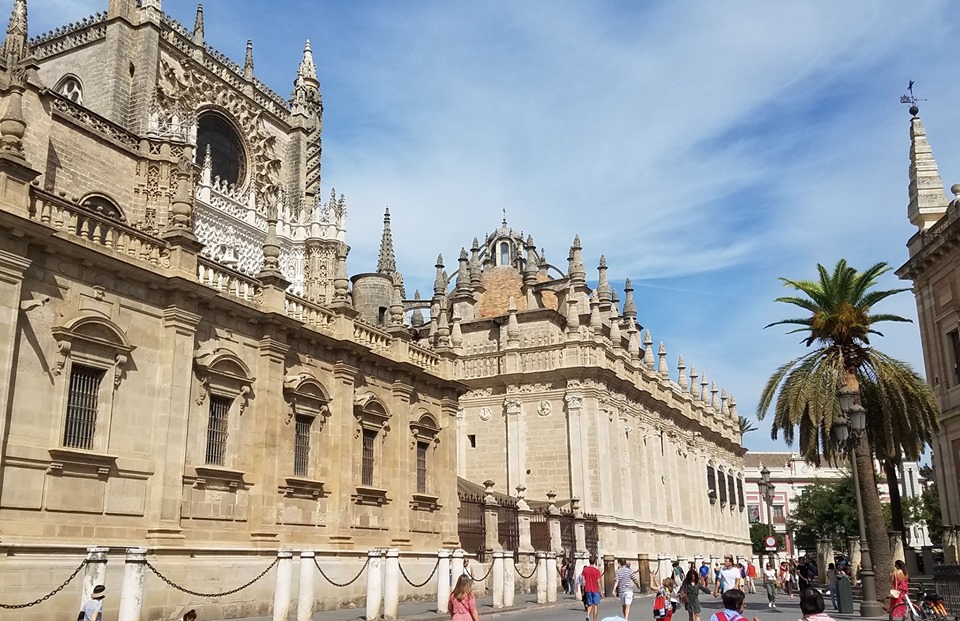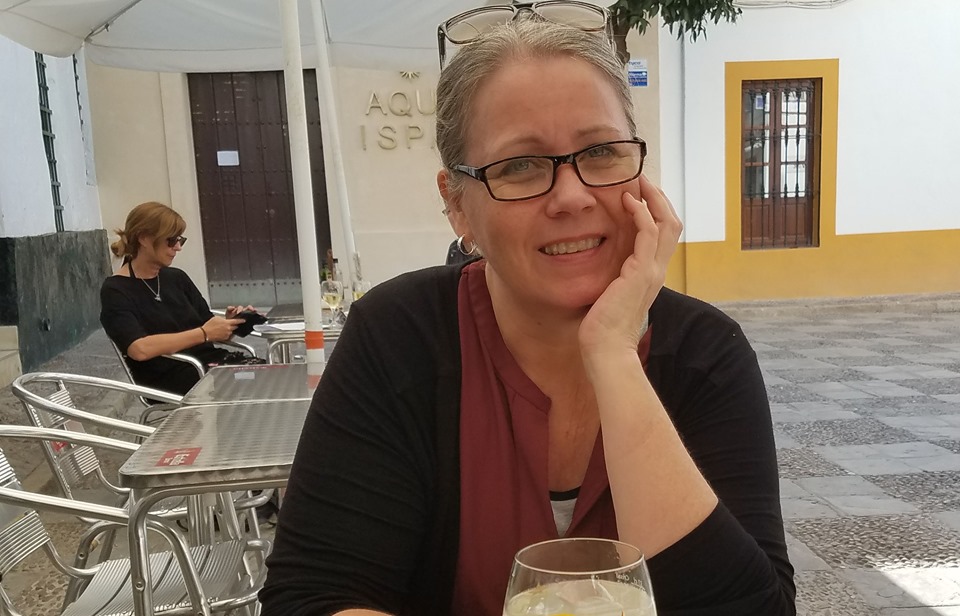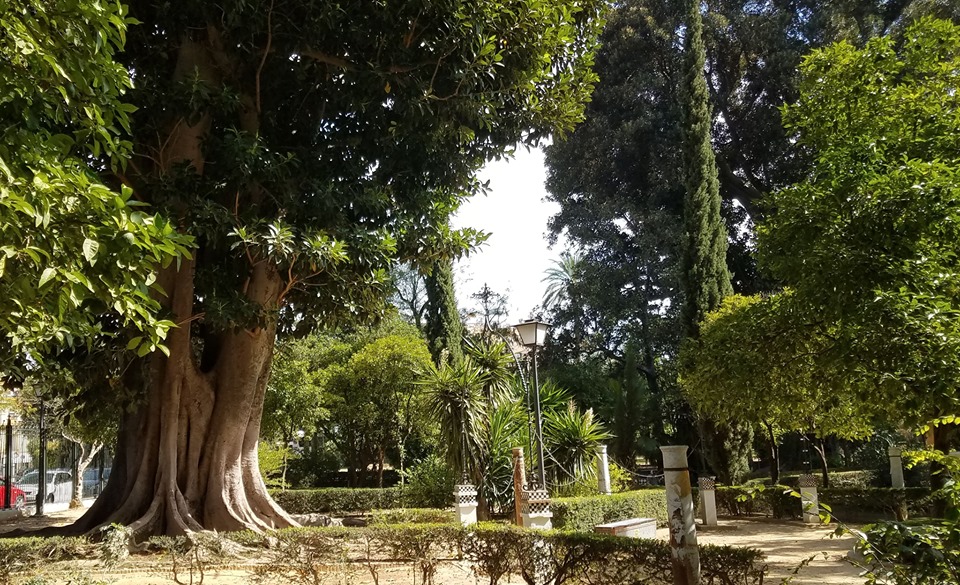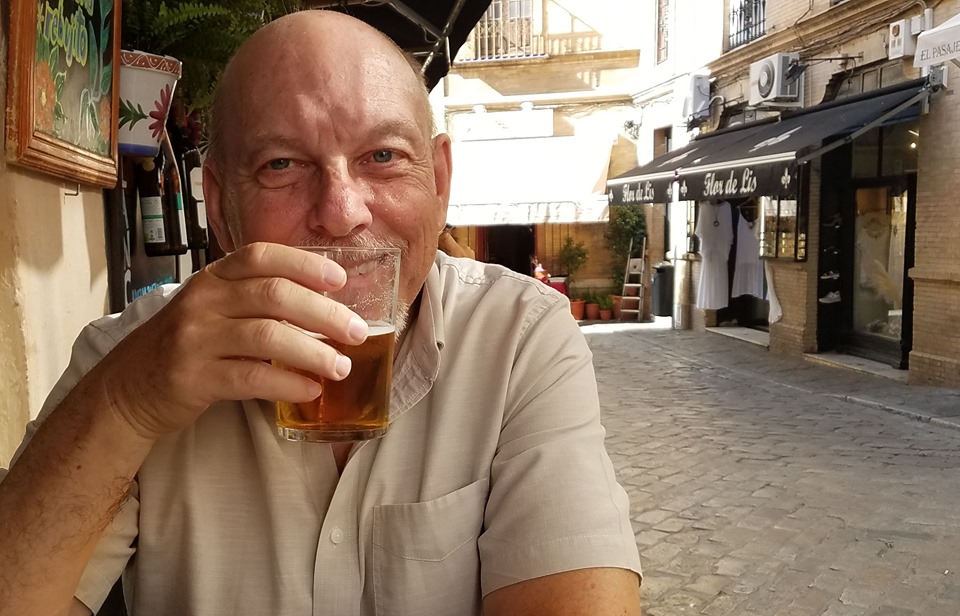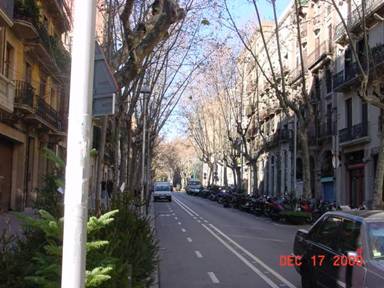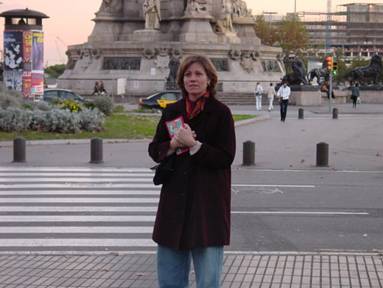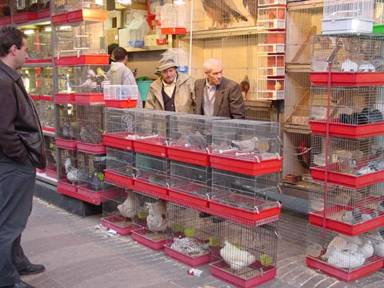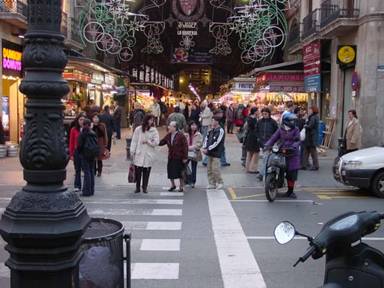What have the Romans ever done for us?
Carthaginians were the first empire builders to show up. The Romans pushed them out and held onto Spain for more around 700 years. Spain was among the most Roman of the provinces. Emperors Trajan & Hadrian were born in Spain, as was the philosopher Seneca.
The Romans had the first dominant influence on Spain. They gave it the name & language. The Empire collapsed in the 5th Century, but the culture and people hung on. And there were constant reminders of the old Empire. Nobody ran the lands of the old empire better than the Romans had for at least 1000 years. It must have been humbling to see the “rhetoric in stone” of that great empire.
You see the Roman bridge in my picture. It has been repaired many times, but the general structure has endured. Romans built to last. They showed their power in stone.
We easily see how Roman affected our own Western culture and institutions but we sometimes forget that Rome was the major influence on every subsequent civilization in its former Empire and through those outside it. Orthodox and Islamic Civilizations are heirs to Rome and anybody who speaks Spanish, Portuguese, Italian, French or Romanian is speaking a language evolved from Latin.
I am very much a fan of Rome. I know of their many faults and their brutality, but I also know that for their time there were none better, and there were none better for a long time after. The Roman genius was in governing and assimilation of the ideas of others. They absorbed, assimilated and passed along the great cultures of the ancient world. Our civilization is heir to all that and we are heirs of the Romans.
I thought about these things as I admired the Roman bridge in the pictures. You can see me with the bridge and river in the background. On close inspection of the bridge, notice how they built the upstream supports at sharp angles to deflect the water and rounded the downstream ones to support the structure and slow the flow. They built for the centuries.


